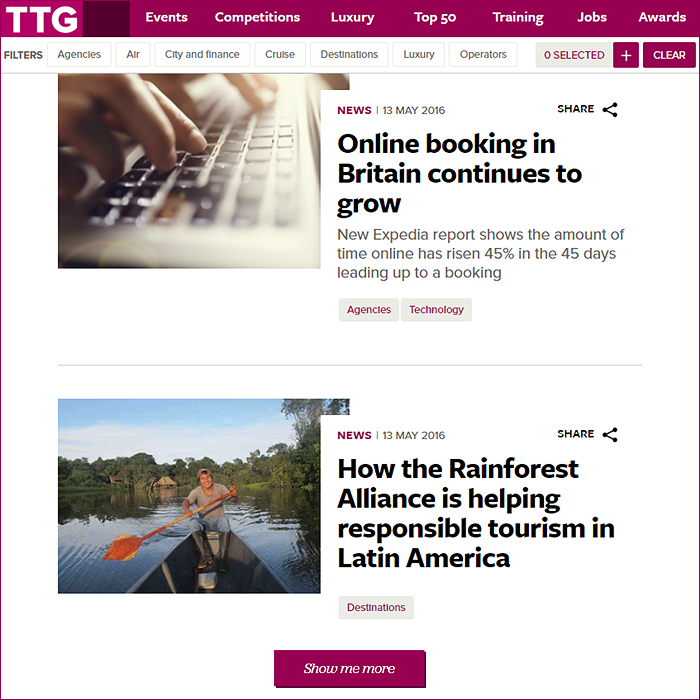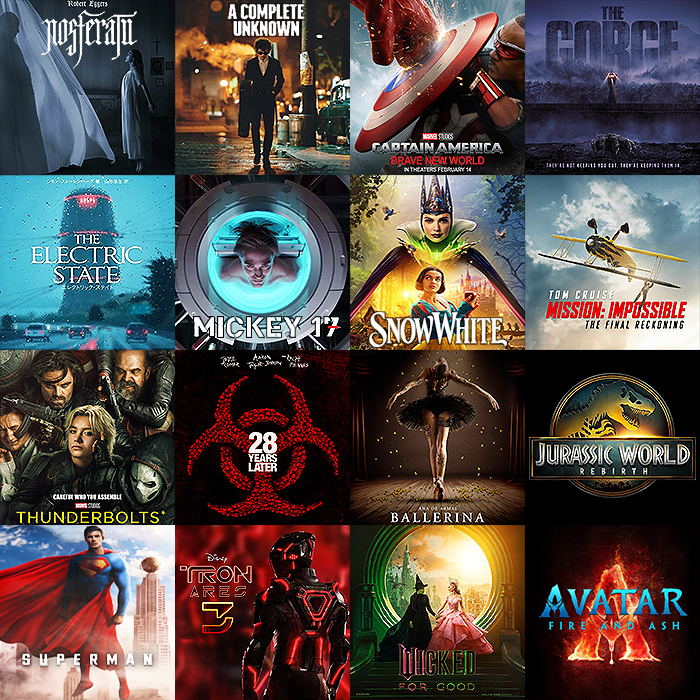Refinable, linear scrolling feeds are the best present and future of news delivery

It is an accepted trend that all the growth in news consumption has been on mobile devices. Whether you’re checking a specific Newspaper or News Media Site or Aggregator App, part of the experience is likely to be quite similar. I refer here to the usually vertical scrolling of a linear news feed, and then the swiping right or left to next or previous articles once you have selected an article to read.
Some of these apps / experiences are simply based on news summary - listing solely the 10-30 key news items at that time. Others have several streams by topic. The best versions have the single stream refinable by topic filters - so you can screen out all but the topic you wish to peruse right then.
I can foresee a Tinder-style action at some stage where swiping on the main feed list is akin to selecting your favourite topics - i.e. swipe right on a main list article might mean ’More like this one’ and could then activate key filters in a similar manner. Swiping left would exclude the topics for that particular article. You would still need settings to view and reset filters activated in this manner.
Having all the news in a singular refinable list allows the news to be served and selected far quicker than if it sits in separate silos. News in separate silos is also often multi-displayed across relevant categories which means duplication and re-reading of content within different streams. An example of this is the Daily Mail App - which has a certain degree of overlap in its Main and Showbiz streams. With a singular stream you avoid unnecessary duplication, and give the customer quicker access to exactly the content they want.
There used to be a time when Buzzfeed was king of socially-accessed news stories - via its smart click-baiting listicles. Facebook now though with its Instant Articles is the current king of social news media, with several news organisations - including the Washington Post - loading all their main articles up to Facebook’s Instant Articles - which are loaded in background and served up quicker than other news feed content on Facebook.
With other aggregators / content paltforms like Blendle and Medium competing for leadership in long-form news, the question is increasingly where should news media companies post their content? As ad-blockers rise in prominence too, more and more brands are now increasingly relying on their own article content - both native advertising and otherwise. Some brands are ditching their own blogs and choosing instead to try and capture a piece of a larger potential audience on platforms like Medium.
A growing issue within all of this is media saturation, control and leverage. There may be a greater potential audience on Medium, but your brand will be in amongst thousands of others. You can link out of Medium back to your own fully branded site, but have less control over how that content is delivered and less of an audit trail in monitoring and leveraging activity on said content as well as sales and marketing automation.
There is also the battle between hard and soft power - intangibles versus measurable influence. Content on your website or own blog shapes the appeal and resonance of your brand in a wholly different way to posting articles on 3rd party platforms. A good blog on-site gives the brand personality, heritage and cachet in a way that you cannot achieve via 3rd party sites. It offers necessary collateral when potential customers are considering doing business with you via your site.
The poor over-stretched marketing executives have so many fronts now along which they need to build and guard the flanks of their brands. It is understandable why some are ditching their own blogs for Medium or similar, but long term this will likely have negative impact. Social influence is forever in flux, and although there is a backbone of key social influencers / platforms, their relative positions rise and fall.
For News media companies - they have to have their own sites and proprietary news feeds / flows as this is how and where they make the money. The idea behind most third party distribution is to help bring more users back to you own site to increase subscriptions. Something I believe the Economist does particularly well - and they have a number of approaches to help them capture as much of their likely audience as possible. I already subscribe to their Espresso App, yet come across numerous of their articles on Facebooks where I regularly over-step my metering limit and am confronted with a prompt to register - something which I have yet to take them up on. Instead I just hit Google Search and find a similar free article on the same headline subject - thus far at least.
The other big factor in this is video - considering how many of the major news articles in your Facebook feed include videos. It seems that News Media have to have a video production / editing department / studio to ensure successful traction. News Media companies can also specialise in photography and / or infographics to elevate themselves above their competition.
At the end of the day though the way you access and sort this News is most likely to be via a singular refinable scrolling feed. As there is nothing more elegant to use on your mobile phone than exactly such a user experience. I still can’t see that anyone has got this exactly perfect yet, and the competition is hotting up all the time - with innovators like Flipboard and Apple News trying to capture a bigger slice of exactly this action.
Where exactly this leaves consumer and business brands is another question really, as few companies have the resources to be active across all mediums simultaneously. Also, the tone and angle of attack on 3rd party mediums versus native sites needs to be quite different to attract a loyal following - it needs a separate strategy / theme / tone of voice. There is the larger question then of exactly what sort of influence you have over that third party following. We recall when Eric Prydz had several million fans on MySpace, but trying to leverage that fanbase or move those subscribers over to a native system had very little impact beyond a much smaller core of key participants.
The very best news media is event-based and topical, yet has a relative short half-life and tends to be very unstable in how you can work it and get some lasting influence or legacy from those relatively few critical mass news articles. The greatest difficulty is always how to take maximum advantage of these relatively short-lived events. For sure though, trying to capitalise off 3rd party media is a lot more difficult than leveraging something natively ...

Did you find this content useful?
Thank you for your input
Thank you for your feedback
Upcoming and Former Events
Affino Innovation Briefing 2024
Webinar - Introduction to Affino's Expert AI Solutions - Session #2
Webinar - Introduction to Affino's Expert AI Solutions - Session #1
PPA Independent Publisher Conference and Awards 2023
Meetings:
Google Meet and Zoom
Venue:
Soho House, Soho Works +
Registered Office:
55 Bathurst Mews
London, UK
W2 2SB
© Affino 2024




















